Announcer:
The following program is a PBS Wisconsin original production.
Frederica Freyberg:
Broadband internet gets a bounce this week. Governor Tony Evers commits $100 million in federal recovery money to upgrade internet service statewide. And the masks come off. Federal, state and local mask restrictions are loosened or lifted altogether as Wisconsinites wiggle free from the grasp of the pandemic.
I’m Frederica Freyberg. Tonight on “Here & Now,” Zac Schultz reports on the future of broadband in Wisconsin. A Green Bay physician considers what the new normal is shaping up to be. And a state economist speaks to the state workforce and economy during pandemic recovery. It’s “Here & Now” for May 21.
Announcer:
Funding for “Here & Now” is provided by the Focus Fund for Journalism and Friends of PBS Wisconsin.
Frederica Freyberg:
If there’s one lesson the COVID-19 pandemic has taught us, it’s that access to quality internet service can make all the difference, for students attending virtual school, employees working remotely or patients looking to access medical treatment online. There are still large sections of the state where broadband is not available. But that’s changing as the state looks to invest hundreds of millions of dollars into broadband expansion. “Here & Now” senior political reporter Zac Schultz has the story.
Zac Schultz:
The town of Boulder Junction in northern Wisconsin is built around tourism. The latest infrastructure project won’t make the area any more beautiful.
Bill Niemuth:
As you drive around the countryside, you see this orange tube.
Zac Schultz:
But it will make it more attractive.
Bill Niemuth:
The orange tube is conduit, and it protects the fiber optic cable.
Zac Schultz:
Bill Niemuth is part of a group of residents who have spent years working to bring fiber optic cable and high-speed broadband to every door in town. He says broadband means instead of tourists coming and going, it will mean vacationers turning into residents.
Bill Niemuth:
What we’re going to see here is, I’ll call it a transformation in the economy. And so Boulder Junction is a microcosm of what’s going on right now throughout the nation.
Zac Schultz:
Expanding broadband across Wisconsin has become one of the few bipartisan talking points in Wisconsin’s budget process.
Tony Evers:
Tonight I’m excited to declare 2021 the year of broadband access.
Zac Schultz:
In January, Governor Tony Evers called for the state to invest $200 million in broadband. This week, Evers announced he would use $100 million from the first round of federal COVID relief funds on broadband expansion grants. And now the debate centers around how much more should the state invest and where should the money come from.
Tony Kurtz:
We’re going to get the federal money. We’re going to get a large sum of it. It could go a long way.
Zac Schultz:
Republicans like Representative Tony Kurtz say they want the governor to use federal funds first so the state can invest its money elsewhere. The Legislature passed a bill in April that would have mandated the governor to use $500 billion in federal funds on broadband.
Tony Kurtz:
It would be very prudent on us to use the federal money where we know we can use it.
Zac Schultz:
The governor vetoed that bill, saying broadband should include state and federal funding. Democrats like Representative Greta Neubauer say the state needs to think big, comparing broadband expansion to the rural electrification project of the 1930s.
Greta Neubauer:
Just like with rural electrification, it is our responsibility as government to make sure that everyone, regardless of where they live, does have access to this basic and essential service.
Zac Schultz:
As the Legislature continues to debate how much the state should invest, we wanted to look at what broadband expansion actually means, where it’s already happening, and who stands to gain.
Kristi Nieto:
Demand for increased broadband services was already there before the pandemic.
Zac Schultz:
Kristi Nieto works at the Public Service Commission, the state agency that regulates public utilities and also administers Wisconsin’s broadband expansion grants. The PSC has awarded more than $70 million in grants since 2014 to expand broadband all over the state, with most of that money coming in just the last two years. Nieto says more projects are waiting for funding.
Kristi Nieto:
We just have more excellent, viable projects than we have funds.
Zac Schultz:
Not all of these projects include fiber being installed at the house. Wisconsin’s geography means some areas are better served with a tower blasting out a signal.
Kristi Nieto:
The grant program itself is technology neutral on fiber versus fixed wireless projects.
Zac Schultz:
That’s the first place where broadband and rural electrification differ. But it’s not the last.
Shannon Clark:
There’s a lot of differences between the 1930s and the Rural Electrification Act and what happened there and today.
Zac Schultz:
Shannon Clark is CEO of Richland Electric Cooperative, which was formed to bring electricity to rural farmers in the hilly driftless area of southwest Wisconsin. Clark says 100 years ago, putting up poles and running lines was fairly straightforward and everyone wanted electricity.
Shannon Clark:
We still find even in broadband particularly in the rural areas you don’t have a 100% take rate. So as I mentioned, there’s 3.4 consumers per mile of line at Richland Electric Coop. We’re probably looking at two of them actually saying, yes, I want to connect.
Zac Schultz:
Clark says electric and telephone cooperatives are actually great models for expanding broadband because they were formed to service rural areas where the big companies didn’t envision enough profit to bother expanding.
Shannon Clark:
The real challenge for broadband in rural areas is the capital expense on the front end. That is the lion’s share of what it is.
Zac Schultz:
That’s why state and federal grants are critical to expansion. If they pay for the installation, the service provider doesn’t need to recoup those investments through higher rates, making broadband more affordable. But not all grants are the same. Some of the federal programs rolled out over the years just went to the lowest bidder.
Shannon Clark:
And all of those have had the promise at the end that we would have rural broadband and it would be very widely deployed. To date, we haven’t seen that.
Dave Weigandt:
It just seems like this whole process of putting in fiber optic has been disorganized and haphazard. I don’t know who’s in charge of it. Maybe nobody. Maybe that’s the problem.
Zac Schultz:
When Dave Weigandt and his wife moved to out rural Richland County to live the country life, they didn’t miss the internet.
Dave Weigandt:
If the internet had never come along, we would be perfectly fine. It seems like it’s part of everyday life now and you have no choice but to get onboard. Unfortunately, we have not been able to yet.
Zac Schultz:
Weigandt says grant programs paid for two different nearby broadband projects, one on a cell tower and one installed on a silo. But neither can reach his valley.
Dave Weigandt:
In order to access those antennas, you need to have a direct line of sight. You can see we’re down here in a valley with steep hillsides. That’s not going to work.
Zac Schultz:
He says before the pandemic shut down the local library, he would drive into town to use its internet and on the way he’d pass a billboard advertising telehealth.
Dave Weigandt:
My guess is you need a decent internet connection to make that happen.
Zac Schultz:
Weigandt says the local telephone cooperative recently pledged to bring fiber to his door, yet another broadband expansion for his little corner of the state.
Dave Weigandt:
It seems like there’s money coming out of the woodwork from a number of different sources, but what worries me is who’s coordinating all of this.
Zac Schultz:
Some of the federal projects will take years to come online, which means the Public Service Commission needs to map those projects along with their own grants.
Kristi Nieto:
Trying to anticipate when those will actually be built and in what order and where and then layering in our own state grant program and projects.
Zac Schultz:
Nieto says state grants are different. First, the state doesn’t pay any money until the work is complete.
Kristi Nieto:
These are usually two-year-long project buildouts and the provider receives reimbursement for the project once the work is done.
Zac Schultz:
Perhaps more importantly, the state requires a local sponsor, usually a school district or village, to put up matching funds, which means the community is heavily invested as well.
Bill Niemuth:
It’s the support of the community. That’s absolutely essential.
Zac Schultz:
Bill Niemuth says the town of Boulder Junction worked for a few years developing their proposal and got approval from the voters to borrow to pay for the matching funds. The end result is two grants from the state worth $3.8 million which will provide fiber to 1100 residents and 100 businesses.
Bill Niemuth:
When these two phases are done, we will have service that will meet or exceed any service of any urban area in the state.
Zac Schultz:
Boulder Junction is just one of the communities in Vilas County in northern Wisconsin that’s leading the way on broadband.
Scott Foster:
We’ve always been aggressive with technology.
Zac Schultz:
Scott Foster is the district administrator for Northland Pine School District in Eagle River. The school used grants to run fiber to elementary schools in the villages of Land ‘o Lakes and St. Germain. Foster says the communities are now hoping to take it from there.
Scott Foster:
What St. Germain did – applied, they haven’t receive it – is to run fiber to every one of their town locations. So any door that exists or future door will have fiber to it. I think it’s great. I think Boulder is going to set themselves apart. I think St. Germain now is starting to do that.
Zac Schultz:
The Northland Pines School District covers 476 square miles. Foster says fiber isn’t the only answer.
Scott Foster:
It’s not going to be fiber to everybody’s door. If you’re living a mile out, if fiber can get to in the ballpark, then we might need to jump to a point-to-point antenna.
Zac Schultz:
He says the pandemic showed when parents and students all needed internet at the same time, the system couldn’t hold up.
Scott Foster:
Sometimes the measurement of do you have internet or not is no longer the question. It’s what quality internet do you have.
Zac Schultz:
That’s why the school district is partnering with a company called WiscLift to see if a tethered drone network could provide a piece of the puzzle.
Scott “LB” Williams:
Can we take the school’s network, firewall, all restrictions and push it out to people at home.
Zac Schultz:
Scott “LB” Williams and his family developed the concept after being stationed in South Africa while serving in the military. This drone can create an internet hot spot that would allow students to tap into the school network from home.
Scott “LB” Williams:
If you put it at 100 feet, you can get a mile of coverage, radius. That’s really not too bad.
Zac Schultz:
LB says the drone network wouldn’t make sense for everyday use, but during a pandemic or even just a snow day, it might make all the difference.
Scott “LB” Williams:
I firmly believe that this system is — it’s truly designed for public service or emergency management. I think every county should have one.
Zac Schultz:
That’s why the Wisconsin Economic Development Corporation recently awarded WiscLift a $100,000 capacity building grant.
Scott “LB” Williams:
The whole goal being all of those that we sell and produce come out of Wisconsin.
Zac Schultz:
The WEDC also announced a grant to test satellite internet in Eau Claire County. Starlink is part of Elon Musk’s SpaceX Company.
Jonathan Sharp:
This is the Starlink satellite dish.
Zac Schultz:
Jonathan Sharp is already a beta tester for Starlink living in Vilas County.
Jonathan Sharp:
Earlier this week, I was on a call with a group of colleagues from Tokyo.
Zac Schultz:
Sharp had a wired internet connection at his house in the woods outside Eagle River, courtesy of a prior round of broadband expansion.
Jonathan Sharp:
Come here.
Zac Schultz:
But it could barely keep up. He says Starlink provides faster speeds than fiber.
Jonathan Sharp:
If you can power the dish, you can get an internet connection.
Zac Schultz:
He says Starlink is more expensive than most services, so it’s not the answer for everyone, but it is the answer for him.
Jonathan Sharp:
We’re living the dream. Like the technology is here. I never thought it would come as fast as it has.
Zac Schultz:
Beyond Starlink, Jonathan Sharp represents the biggest shift that broadband can bring: the truly remote worker.
Jonathan Sharp:
When we moved up here, broadband was a huge challenge. It dictated where we looked at houses.
Zac Schultz:
The rural communities that have broadband are using it to attract workers and businesses.
Bill Niemuth:
There are a lot of entrepreneurs today. And entrepreneurs, they like to be flexible. We think that we have a great community for them.
Zac Schultz:
Boulder Junction is using its tourist guide to advertise their broadband project. Bill Niemuth says they’re already seeing results.
Bill Niemuth:
What we’ve already seen is that recruitment and really the influx of those remote workers. And just on my road alone, we have three who have moved in in the last year who are now full-time.
Zac Schultz:
Shannon Clark hopes to see the same thing in Richland County.
Shannon Clark:
This is one of the largest opportunities for rural America that we’ve seen in decades. The ability to stop that brain drain, to be able to allow people to stay in our communities that will support not only their job, but they’ll support that grocery store, they’ll support that convenience store, they’ll also send their kids to the local school.
Scott Foster:
We saw, I won’t say a boom but we did see an enrollment increase this year. Last year it was up slightly.
Zac Schultz:
Scott Foster says Northland Pines reversed years of student enrollment decline because some families decided to move to Eagle River during the pandemic.
Scott Foster:
The places that had broadband up here, when people were working from home, they vacationed here or they came here for extra weeks because their kid could learn during the day and they could do all the things they like to do in our communities.
Zac Schultz:
Foster says if remote workers can live anywhere they want, why not the northwoods? The only question is whether the house they’re buying has broadband.
Scott Foster:
Realtors up here will tell you that’s what people want to know.
Zac Schultz:
Reporting from Eagle River, I’m Zac Schultz for “Here & Now.”
Frederica Freyberg:
Republicans on the Joint Finance Committee were expected to reveal their plan for how much to invest in broadband expansion, but yesterday they decided to wait until after June in order to get more details on the $100 million in grants that Governor Evers announced earlier this week.
Now to health news. Governor Evers toured the state this week to call for a special session of the Legislature to expand BadgerCare and invest $100 billion in federal recovery money into state economic recovery. Republicans immediately opposed the Medicaid expansion. Leadership is expected to gavel in and gavel out the session with no action taken.
Now to COVID news. Local governments across the state took steps this week to follow CDC guidelines to no longer require vaccinated people to wear masks in public. Hospitals, prisons, airports and schools will continue the requirement. This comes as vaccination rates continue to climb. We check in on vaccinations and the loosening of public health restrictions now with Bellin Hospital Emergency Medicine Dr. Paul Casey. He joins us from Green Bay. Thanks for being here again.
Paul Casey:
You’re welcome. Thanks for having me.
Frederica Freyberg:
So the last time that we talked with you was in October and your hospital and the communities it serves were in the midst of the fall surge of COVID-19 and sending patients to the state field hospital was under consideration at that time. How does today compare to that?
Paul Casey:
Today is remarkably different. We are still seeing COVID, but the number of COVID patients is markedly diminished compared to the fall. We’re running a census of anywhere one to six COVID patients per day compared to greater than 40 per day in the fall. So even though COVID is still here, the numbers we’re seeing are markedly diminished. I think I heard yesterday that it was the lowest since last June yesterday.
Frederica Freyberg:
So one of the questions I did want to ask you was can you and your staff yet exhale then in relief?
Paul Casey:
Yes. We can. And we’ve been waiting for this for a long time. The pandemic is something that those of us in the medical profession have never seen in our lifetime. This is a once in a century event. It truly was worldwide and still is a worldwide pandemic that in this country has killed almost 600,000 people. At the peak of our experience at Bellin Hospital, 25% of our hospital capacity was filled with COVID patients who were very, very ill. And the number of deaths and hospitalizations do not truly reflect the devastation caused by this disease. There’s something called the long hauler syndrome where even if you’ve had COVID and not be sick enough to be hospitalized, you can have sequelae for months and years. This is something we have not seen in our lifetimes.
Frederica Freyberg:
So the vaccination rate in Brown County where you are sits at about 40%, about the same rate for the state as a whole. One of your neighboring counties is at 30%. Is that high enough in your estimation?
Paul Casey:
Absolutely not. We need 75%, 80% vaccination rates to achieve adequate herd immunity. And fortunately we have a higher rate within our hospital community. We’re sitting at 71% of our hospital staff fully vaccinated at this point. So the only way we’re going to get out of this pandemic and be able to not wear masks is to get herd immunity and that’s unachievable until we have a higher rate.
Frederica Freyberg:
But with the dramatic easing of cases and at the same time vaccinations, although not at a high enough rate, we’re now in a place where mask requirements and crowd restrictions are on the way out. Do you think that is the right course?
Paul Casey:
It is if the CDC recommendations are followed. So the recommendations were based on recent scientific studies that showed mainly three main points. First of all, the vaccine is 90% effective. It’s actually more effective in reality than it was in the clinical trials. Dr. Fauci was on the air yesterday pointing out these three points. The first of which is the vaccine is 90% effective at preventing illness from COVID-19. The second point is that the vaccines are highly effective against the variants. That was our biggest concern, that the new variants would not be handled by the vaccines. But we know now that they do cover the variants. And the third point is that even if you get infected after having been vaccinated, the chances of you having enough viral load to transmit the virus is exceedingly small. The fear we had is even though you were vaccinated, you could still get an asymptomatic infection and have enough virus to transmit it. We’re now finding out from recent studies that that’s not true. The chance of transmission if you’re vaccinated if you do get infected and don’t have symptoms is very, very small.
Frederica Freyberg:
All very, very good news. Dr. Paul Casey, thank you very much and thank you for your work.
Paul Casey:
You’re welcome.
Frederica Freyberg:
Now to the state Capitol, where Republicans unveiled economic plans this week, proposals that would end Wisconsin’s participation in several federal recovery programs related to unemployment compensation. Assembly Speaker Robin Vos says the relief money to workers prevents small business owners from filling open positions.
Robin Vos:
The thing that is worrying many of us and that we have to change that’s impeding the recovery is the supply chain from beginning to end. So if you’re a manufacturer, you are concerned about being able to get your products in and be able to ship them out to market. That’s because trucking companies have a huge concern with the number of folks who are applying and filling positions. We see every single manufacturer that I spoke with — and I spoke to large and small, and they all say the same thing, that they are seeing a smaller number of applicants, they are seeing the folks who do apply not necessarily show up for interviews. They are seeing folks who do not necessarily have the same work ethic applying for some of the positions. So I think we need to do something different.
Frederica Freyberg:
Assembly Speaker Robin Vos.
The state’s largest business lobby applauds proposed legislation to eliminate enhanced unemployment benefits of an extra $300 per week and the move that reinstates the work search requirement to receive benefits. That requirement takes effect Sunday. The Wisconsin Manufacturers and Commerce says there is a crisis level workforce shortage and pandemic-related policies create a disincentive to work. Where have all the workers gone and what will bring them back? For some answers to these questions and more, we turn to the Wisconsin Department of Workforce Development Chief Economist Dennis Winters. Thanks very much for being here.
Dennis Winters:
Good. Glad to be here.
Frederica Freyberg:
So in your estimation are enhanced unemployment benefits keeping people at home and out of the workforce?
Dennis Winters:
Well, I don’t think that’s the preliminary reason or the primary reason that we are seeing, you know, a shortage of workers through the state. It may have some effect now that the economy is opening. There has been some studies that have shown there is some disincentive depending on the gap between what they are getting in benefits and what they normally make in their salaries. But that’s not widespread at this point. But as we transmission to a more open economy, yeah, it might be a little disincentive now that there are jobs to go back to, sure.
Frederica Freyberg:
You’re saying it’s not the primary reason, though. What is?
Dennis Winters:
Well, the primary reason as we talked about for some time is there is just a shortage of bodies, a shortage of citizens in the state of Wisconsin to fill all these jobs. We had the same situation that we’re hearing about before the great recession back in ’07. That let some of the pressure out of the pot, right? As soon as we turned around from there, businesses were complaining that they couldn’t find enough workers then. This is the same situation. The only thing that’s happened is the baby boomers have gotten 10, 11 years older through the great recession and are retiring out of the workforce.
Frederica Freyberg:
And so what needs to be done? I know that employers — you see it kind of all over the place. They’re kind of boosting their lower level wages some. What needs to be done? Is it about boosting wages and other things that they can do to attract employees?
Dennis Winters:
Well, part of it will be boosting wages for any particular firm. But if overall you just have a shortage of workers, at some point higher wages aren’t going to matter. You’re just going to run out of supply is kind of what we’re doing. So there have to be other incentives to get more bodies into the workforce and they may have to come from other places.
Frederica Freyberg:
Like?
Dennis Winters:
Well, they can come from neighboring states if in fact they let us take all their workers, so there will be competition among other states to do the same thing. Another solution is from other countries and immigration. The U.S. is still a place that people want to come to, so that’s one solution for the supply.
Frederica Freyberg:
So how does a worker shortage in this way affect Wisconsin’s economy?
Dennis Winters:
Well, as you have heard, it affects in the sense we can’t — a lot of companies cannot produce the orders that they have coming into their shops. So that dampens how much goods and services are being provided and slows economic growth. The thing we have — we have to raise productivity, right, of the workers and the technology and match them to be able to keep growing the economy.
Frederica Freyberg:
And so it sounds like an intractable problem, right, because it’s just frankly a shortage of, as you said, bodies. But is there — are there some solutions that jump out at you at this time when people are calling it a crisis?
Dennis Winters:
Well, yeah. Some solutions, again, are immigration. For example, in the hospitality industry, right, the visas that they use to bring in summer help, particularly around places like the Dells in Wisconsin. There’s limits there about how many people they are allowed to bring in. So that’s one solution. You could open some of that up. Another solution is immigration as a whole and bringing in workers from all over the world. The other resource I see that’s untapped that we need to tap into is what I call the chronically unemployed, those that have a number of barriers. Either it’s transportation, it’s day care, it’s skill levels. There’s a segment of that that we have to tap into in this state. And the state’s doing a lot in training programs to try to get those people up to speed. But if your workforce is flattening out on top, you’ve got to go to the supply that’s untapped within the state.
Frederica Freyberg:
All right. We leave it there. Lots more to talk about on this, though. Dennis Winters, thank you very much.
Dennis Winters:
You’re welcome. Thank you.
Frederica Freyberg:
Before we leave you, a program note. Next week marks the one-year anniversary of George Floyd’s murder. Monday night PBS Wisconsin presents a pair of programs on how that event sparked a renewed conversation about social justice in America. First “Say His Name: Five Days for George Floyd” a documentary from Twin Cities Public Television. That’s followed by a special broadcast of the PBS Wisconsin series “Why Race Matters.” Host Angela Fitzgerald leads a conversation around mental health and the trauma associated with media coverage of Black Death. That’s Monday at 8:00 p.m. on PBS Wisconsin.
And finally, we want to say thank you to our student journalist and intern Cassidy McGee. Cassidy graduated from UW-Madison this month. Thank you, Cassidy, and good luck in all your endeavors. That is our program for tonight. I’m Frederica Freyberg. Have a good weekend.
Announcer:
Funding for “Here & Now” is provided by the Focus Fund for Journalism and Friends of PBS Wisconsin.
Search Episodes

Donate to sign up. Activate and sign in to Passport. It's that easy to help PBS Wisconsin serve your community through media that educates, inspires, and entertains.
Make your membership gift today
Only for new users: Activate Passport using your code or email address
Already a member?
Look up my account
Need some help? Go to FAQ or visit PBS Passport Help
Need help accessing PBS Wisconsin anywhere?

Online Access | Platform & Device Access | Cable or Satellite Access | Over-The-Air Access
Visit Access Guide
Need help accessing PBS Wisconsin anywhere?

Visit Our
Live TV Access Guide
Online AccessPlatform & Device Access
Cable or Satellite Access
Over-The-Air Access
Visit Access Guide
 Passport
Passport





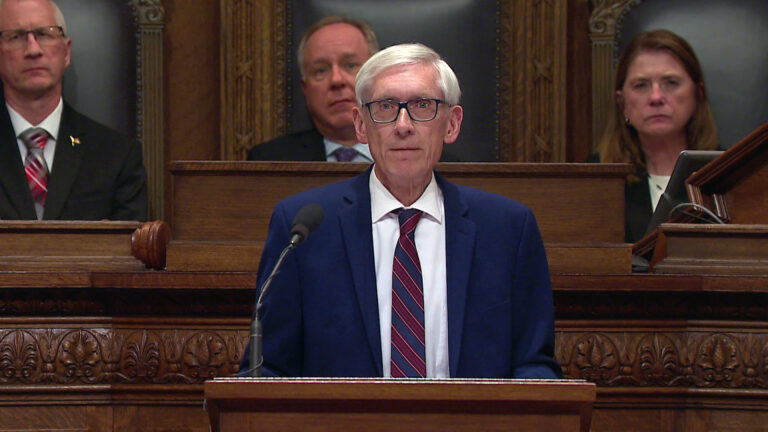

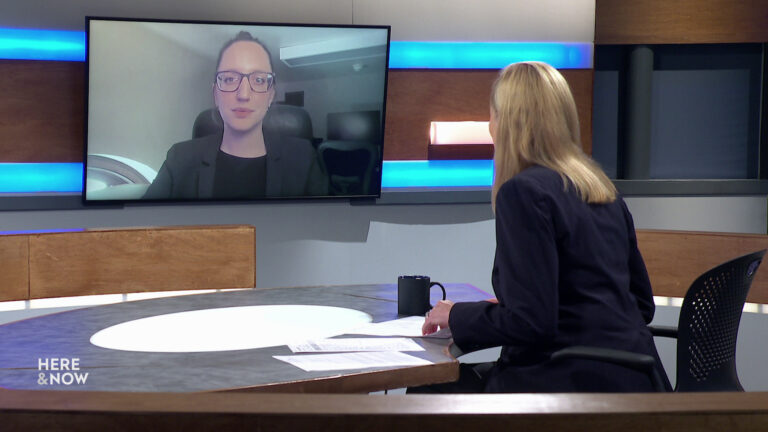
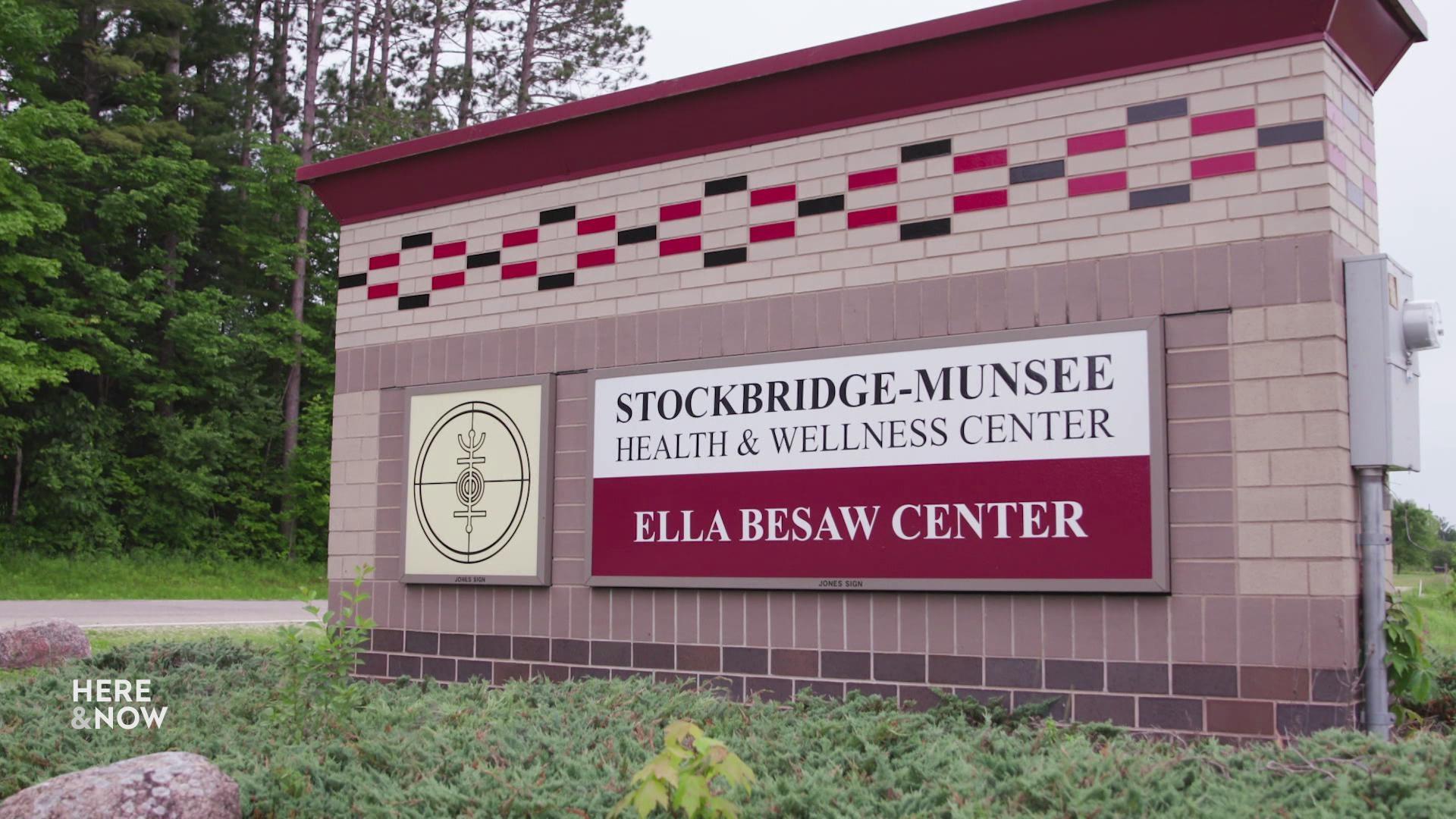
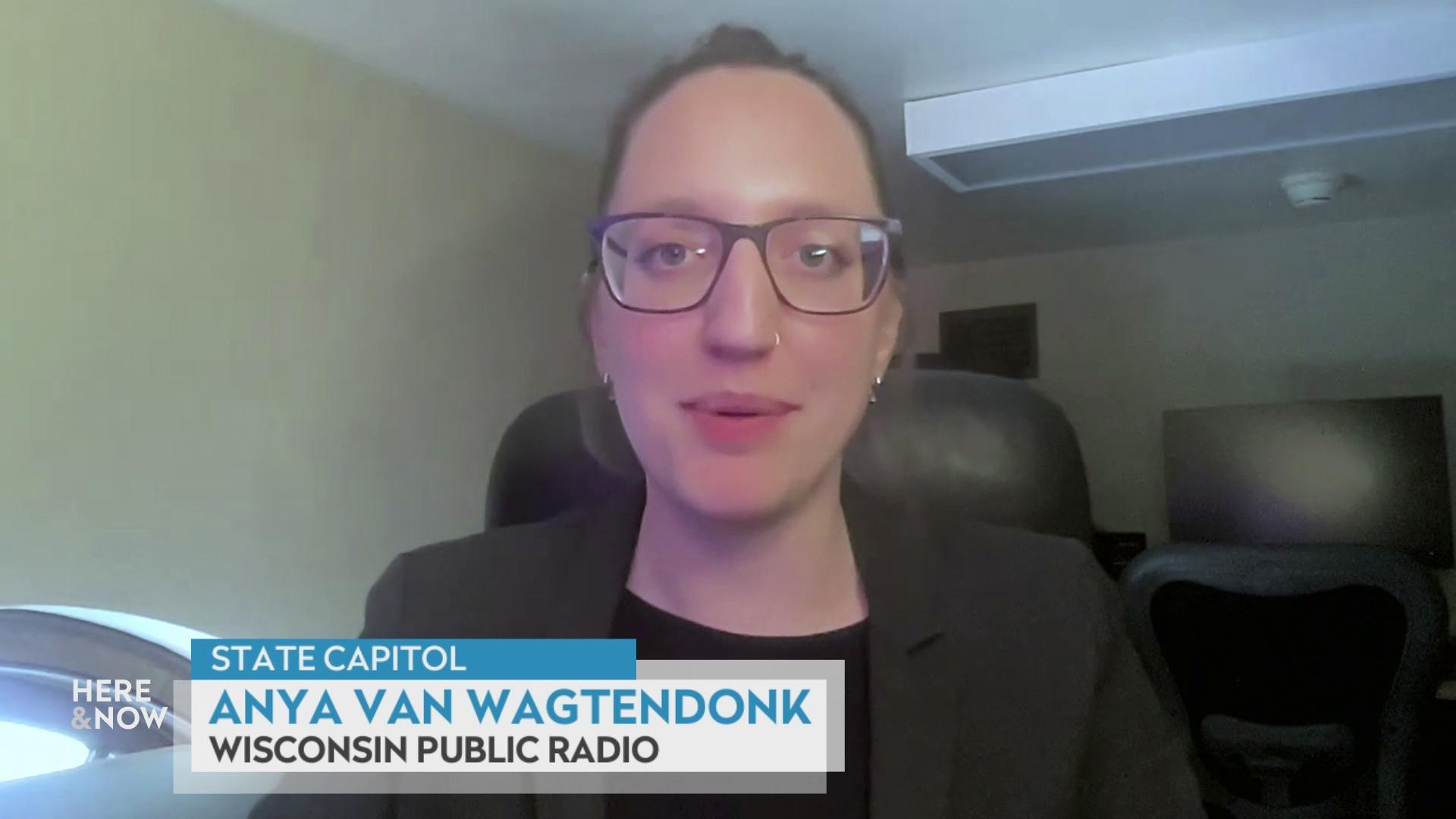
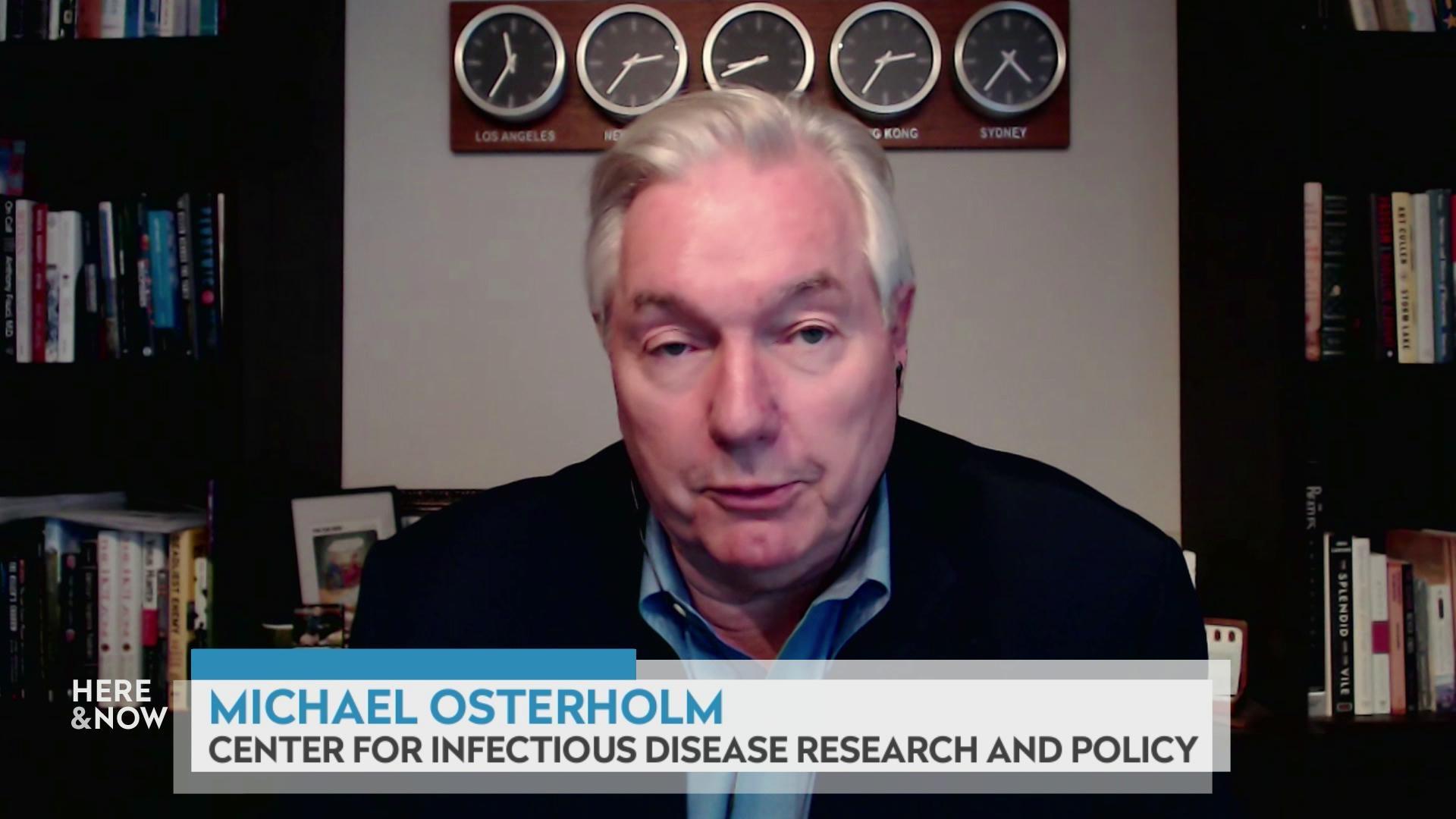
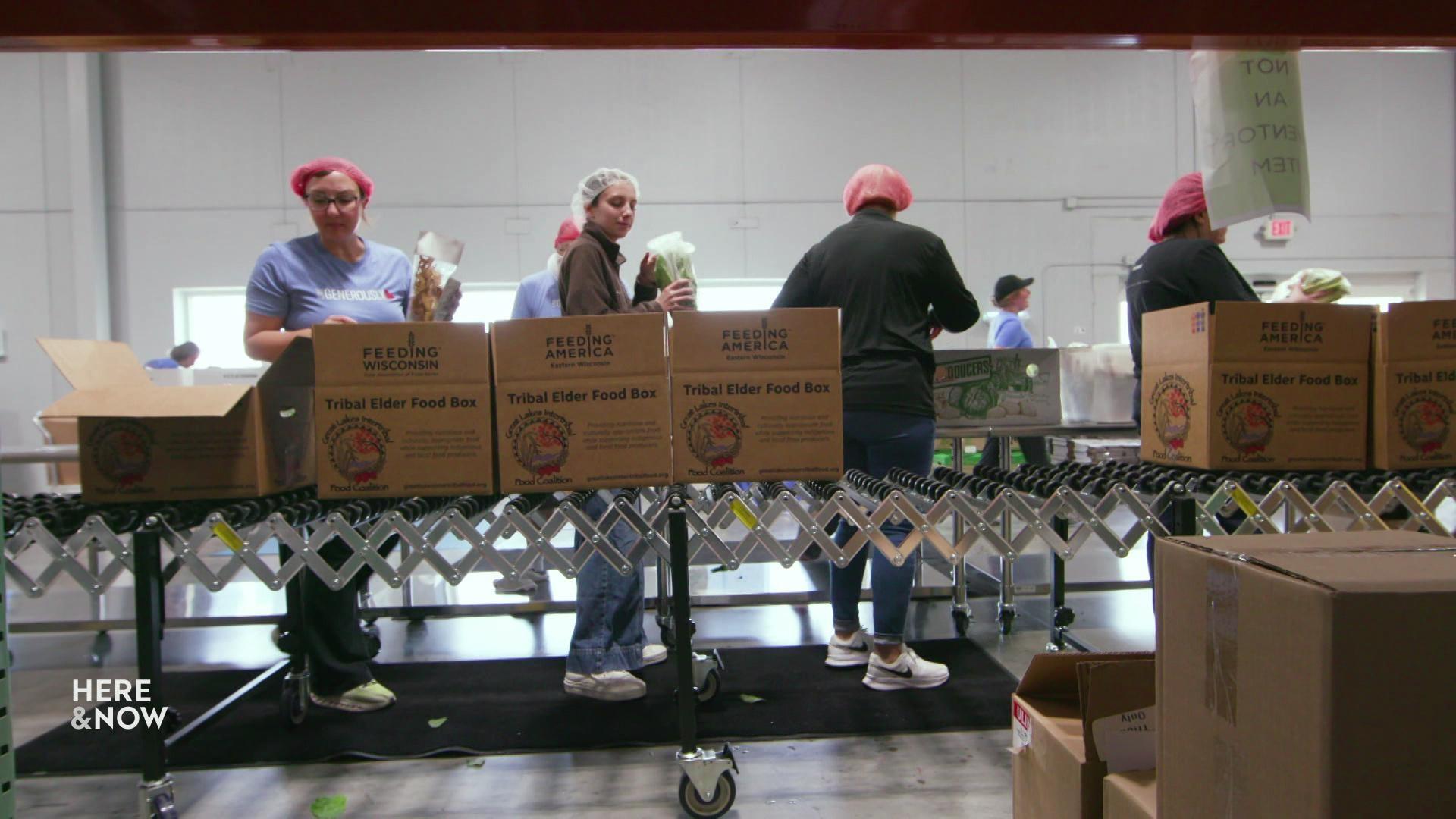

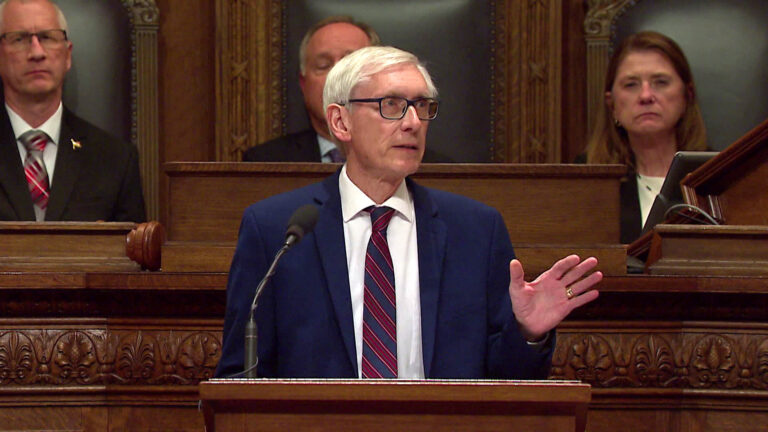
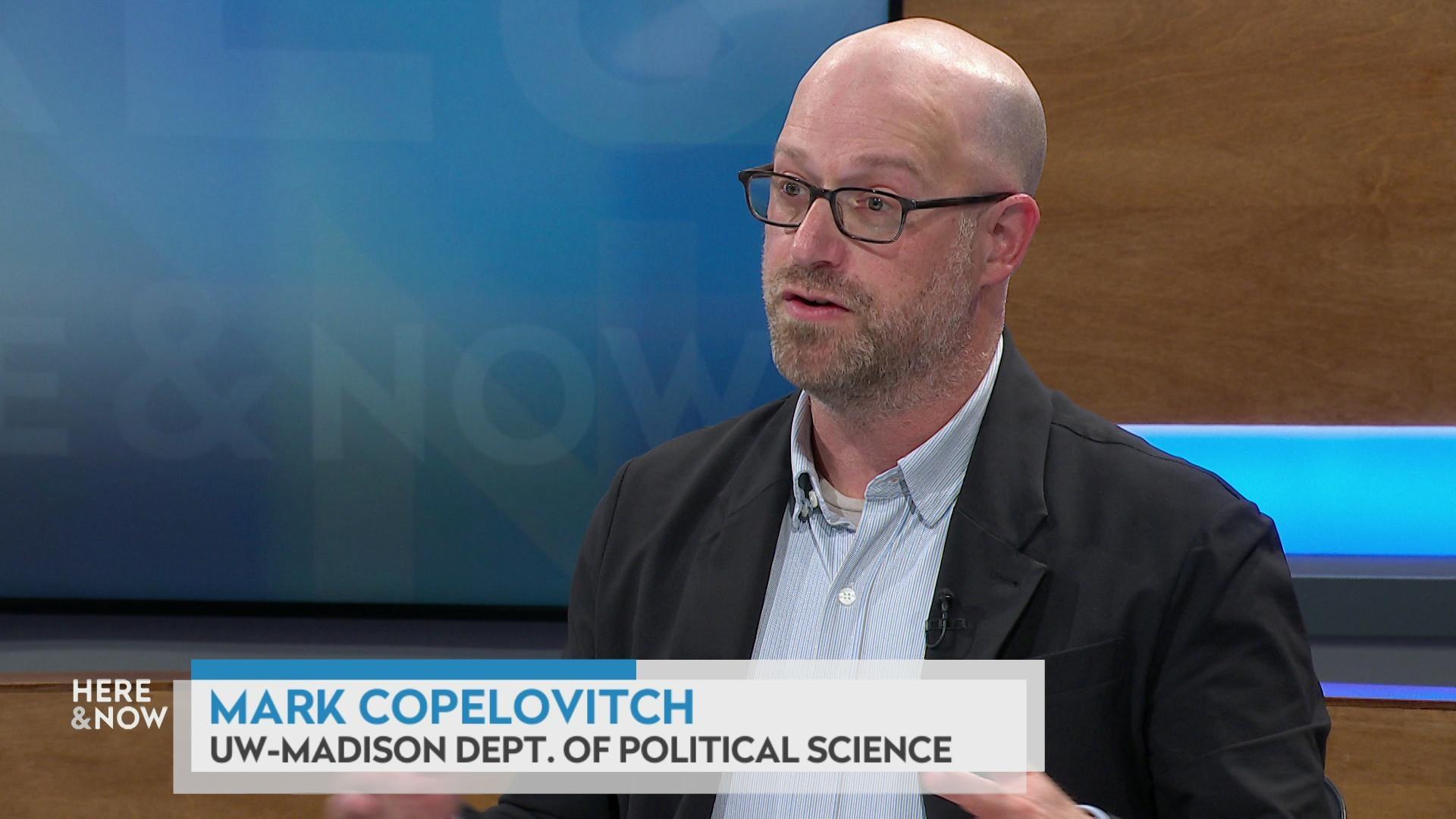
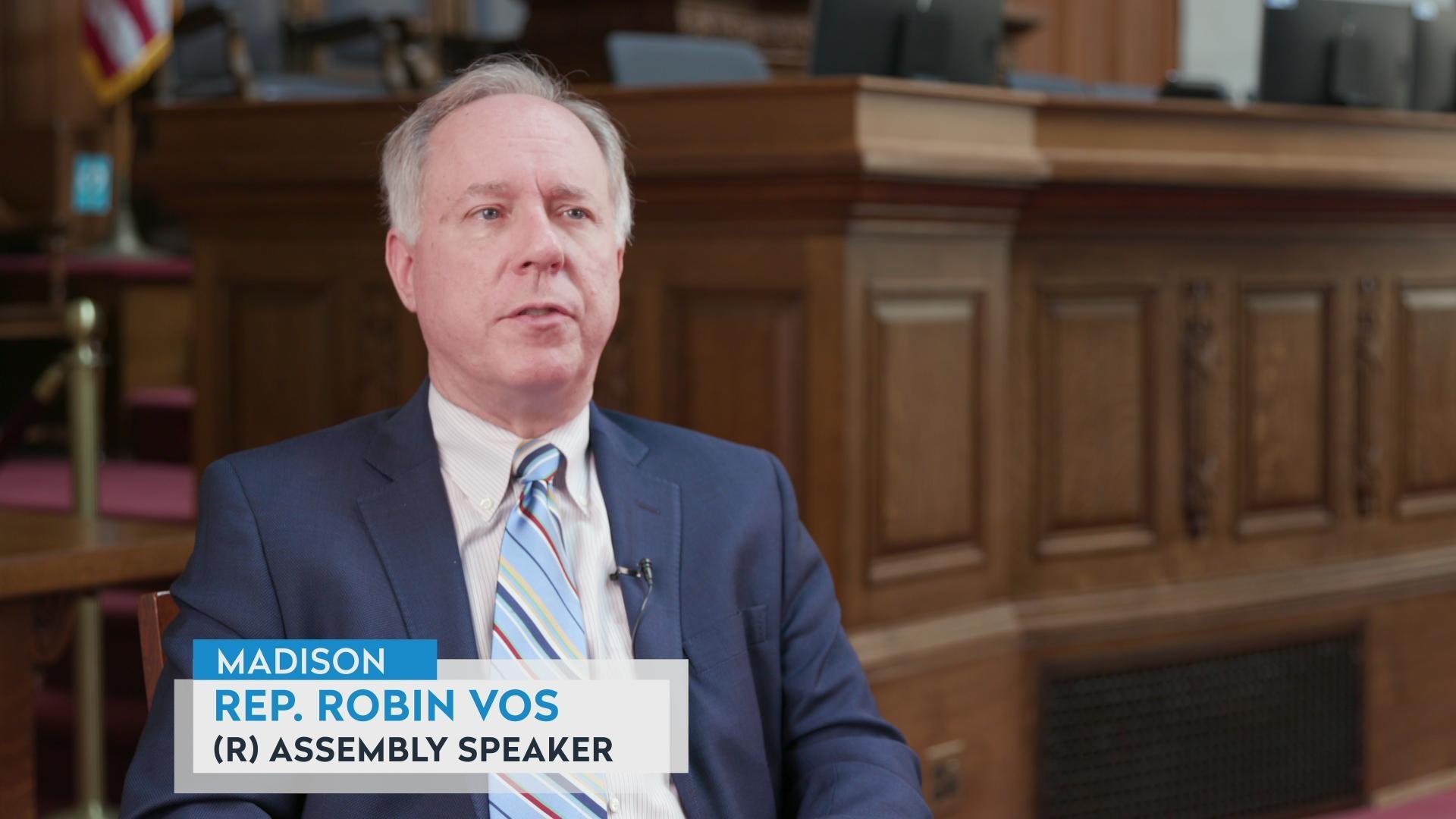
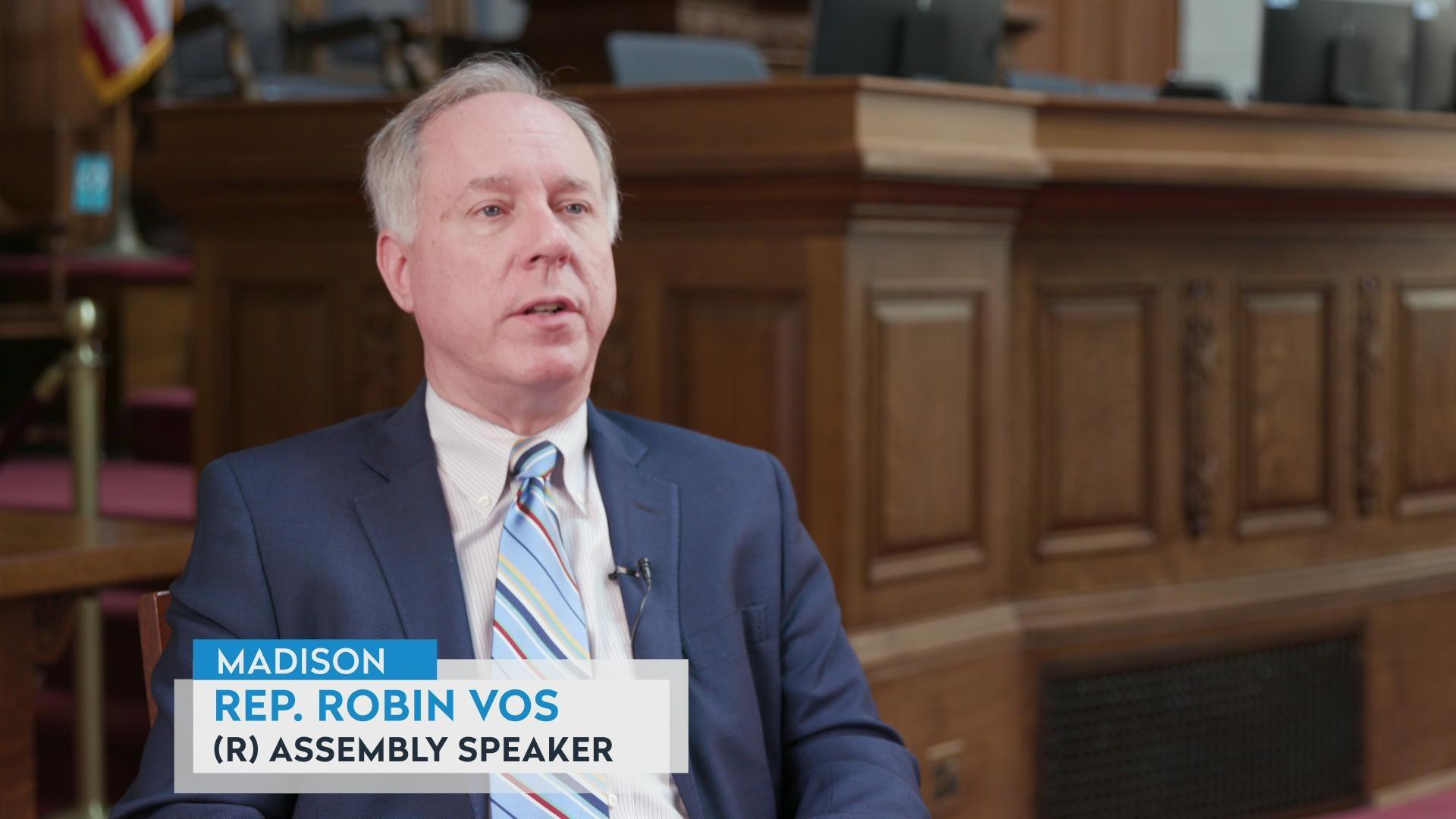

Follow Us